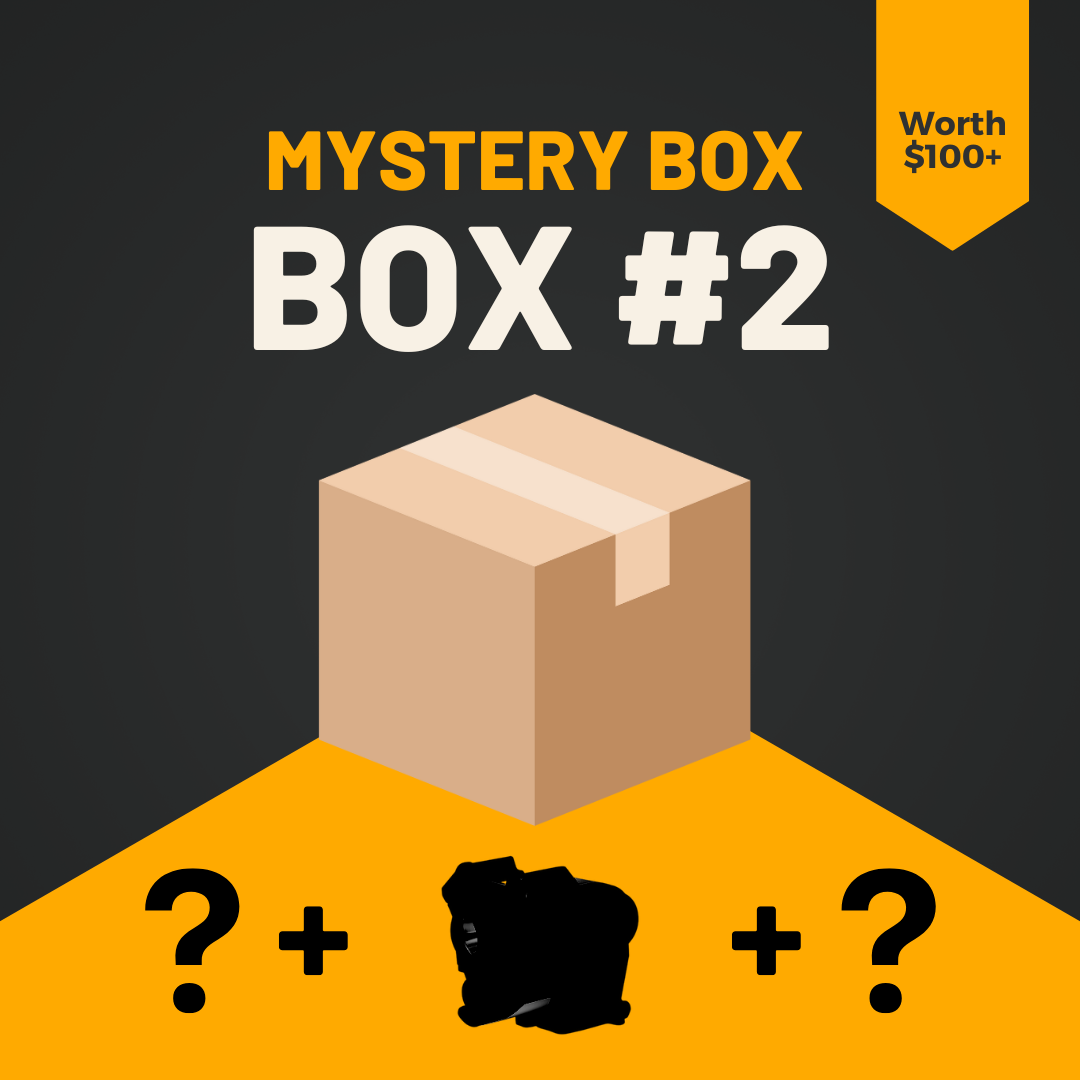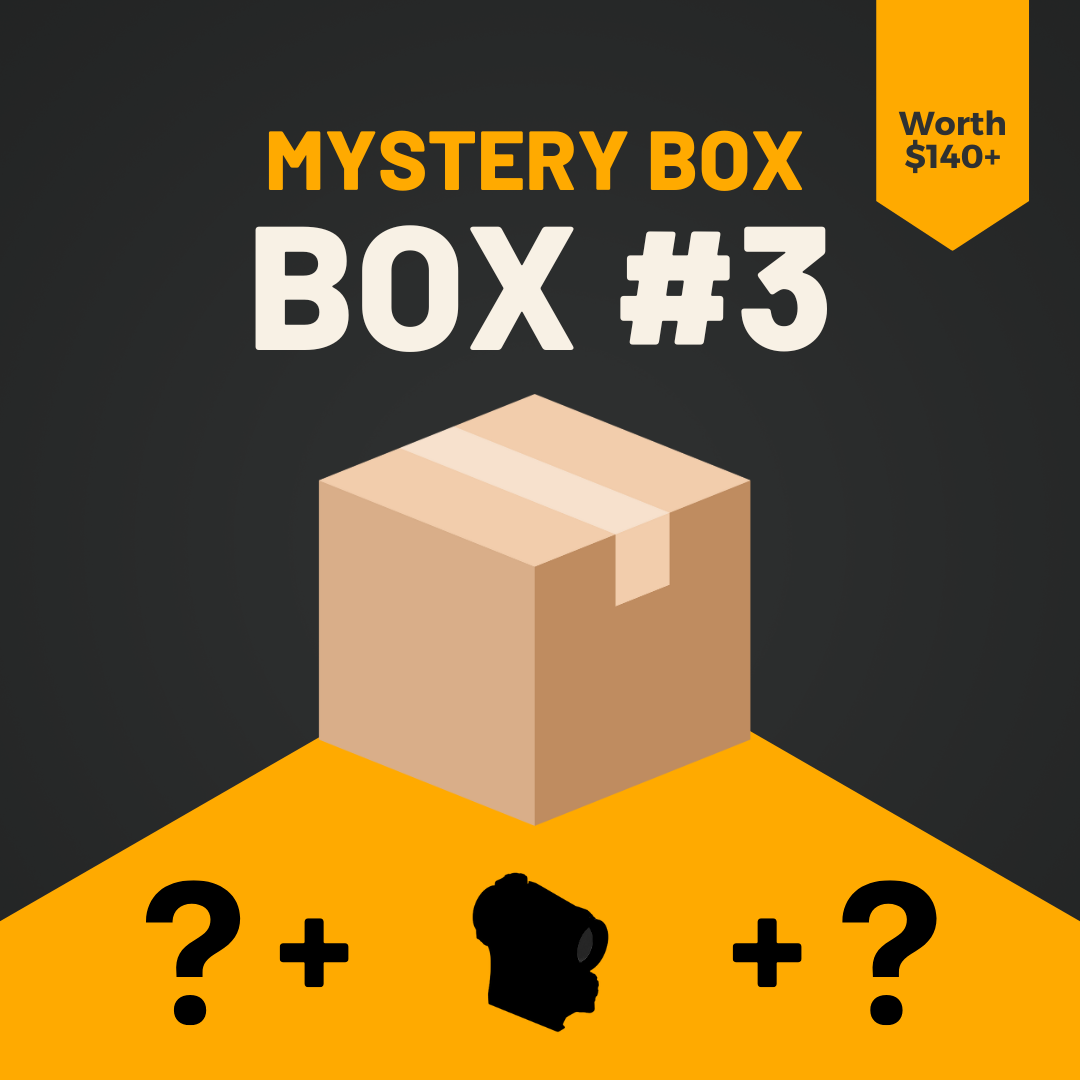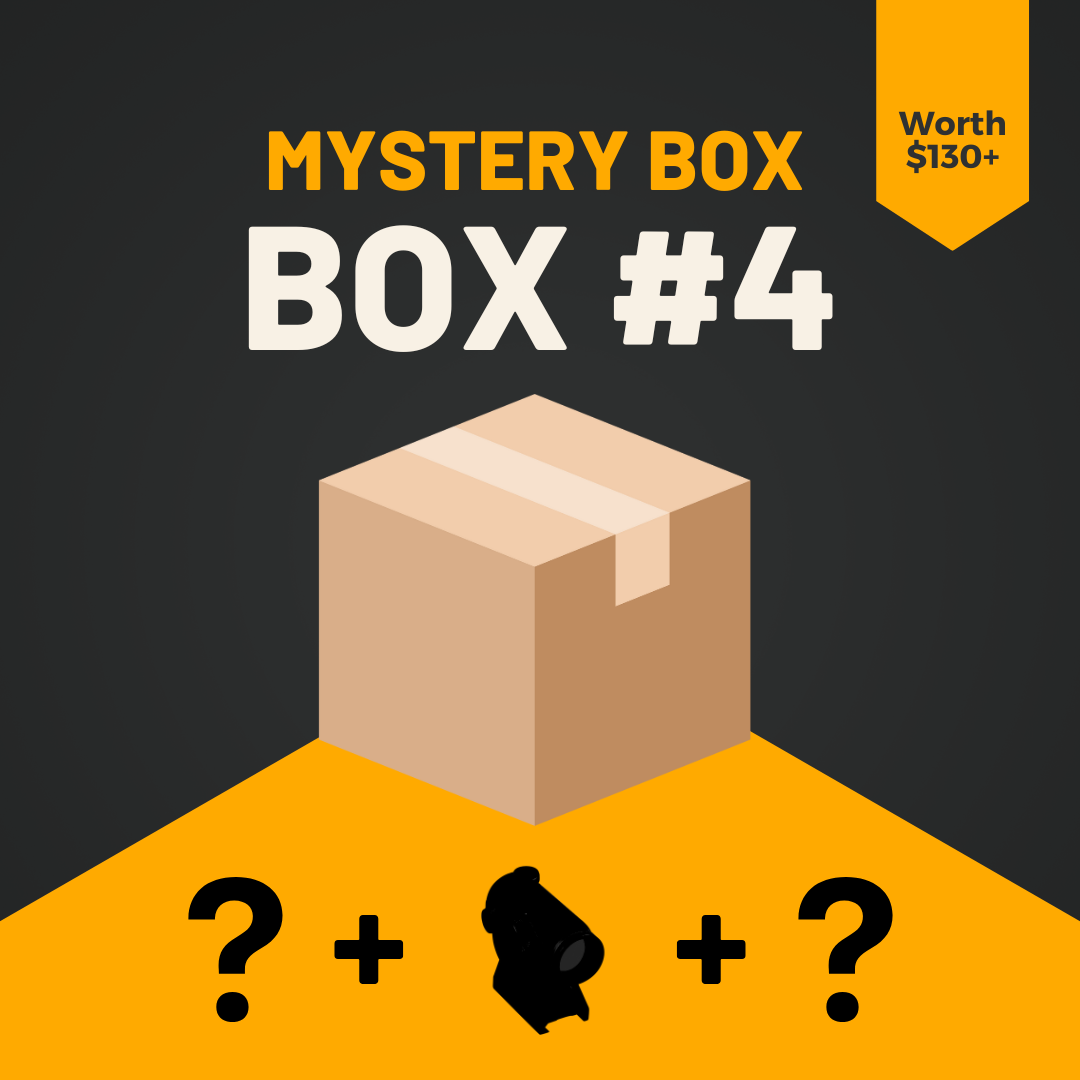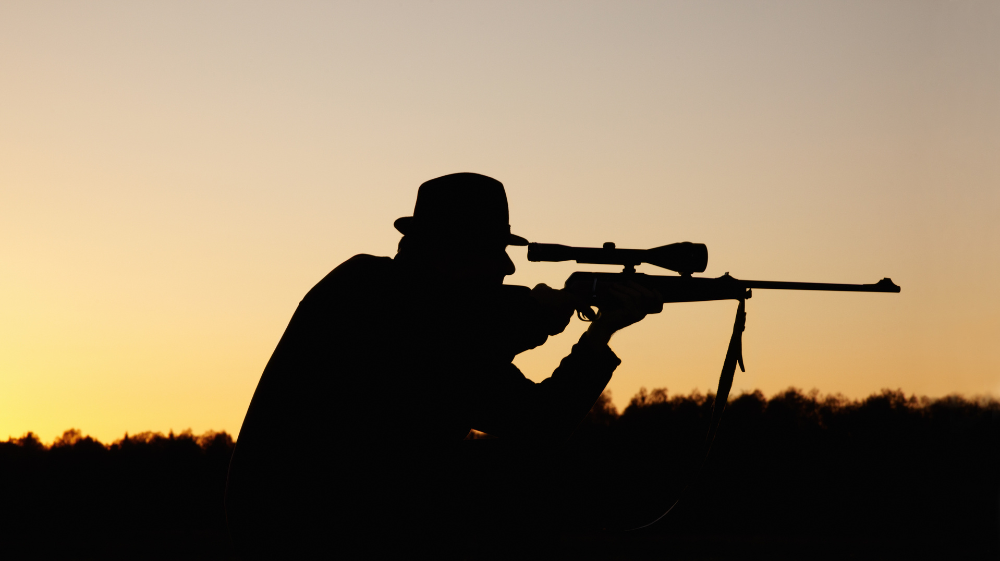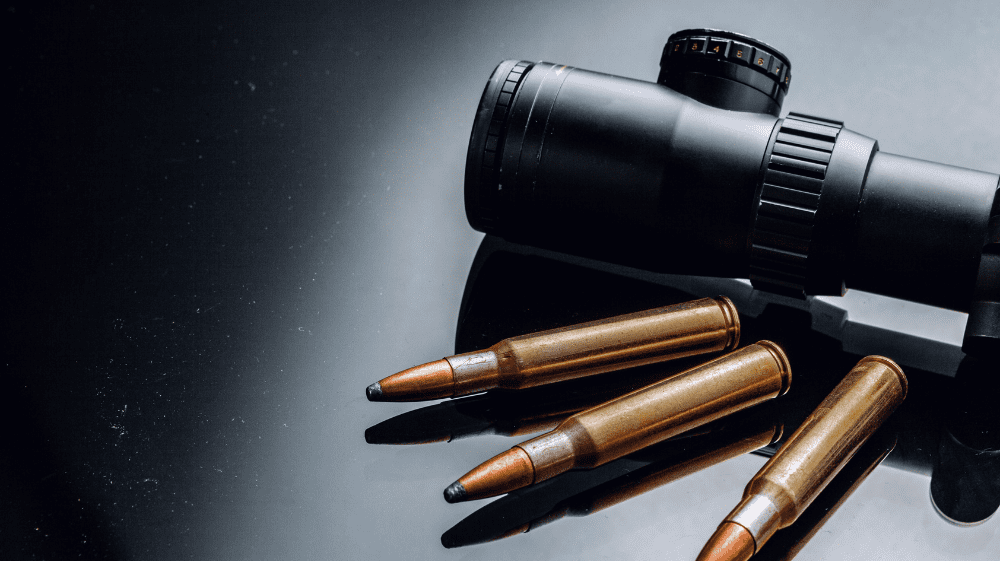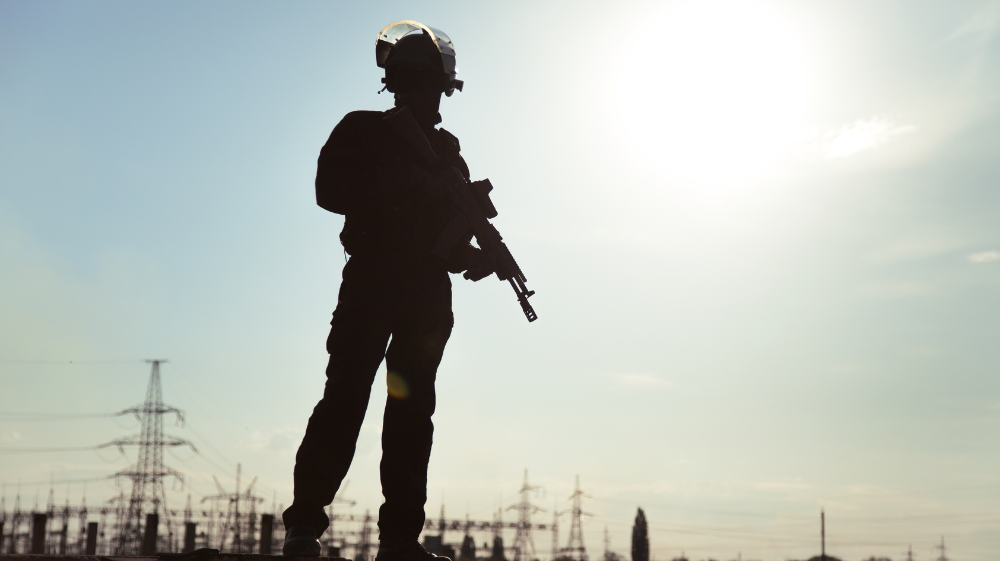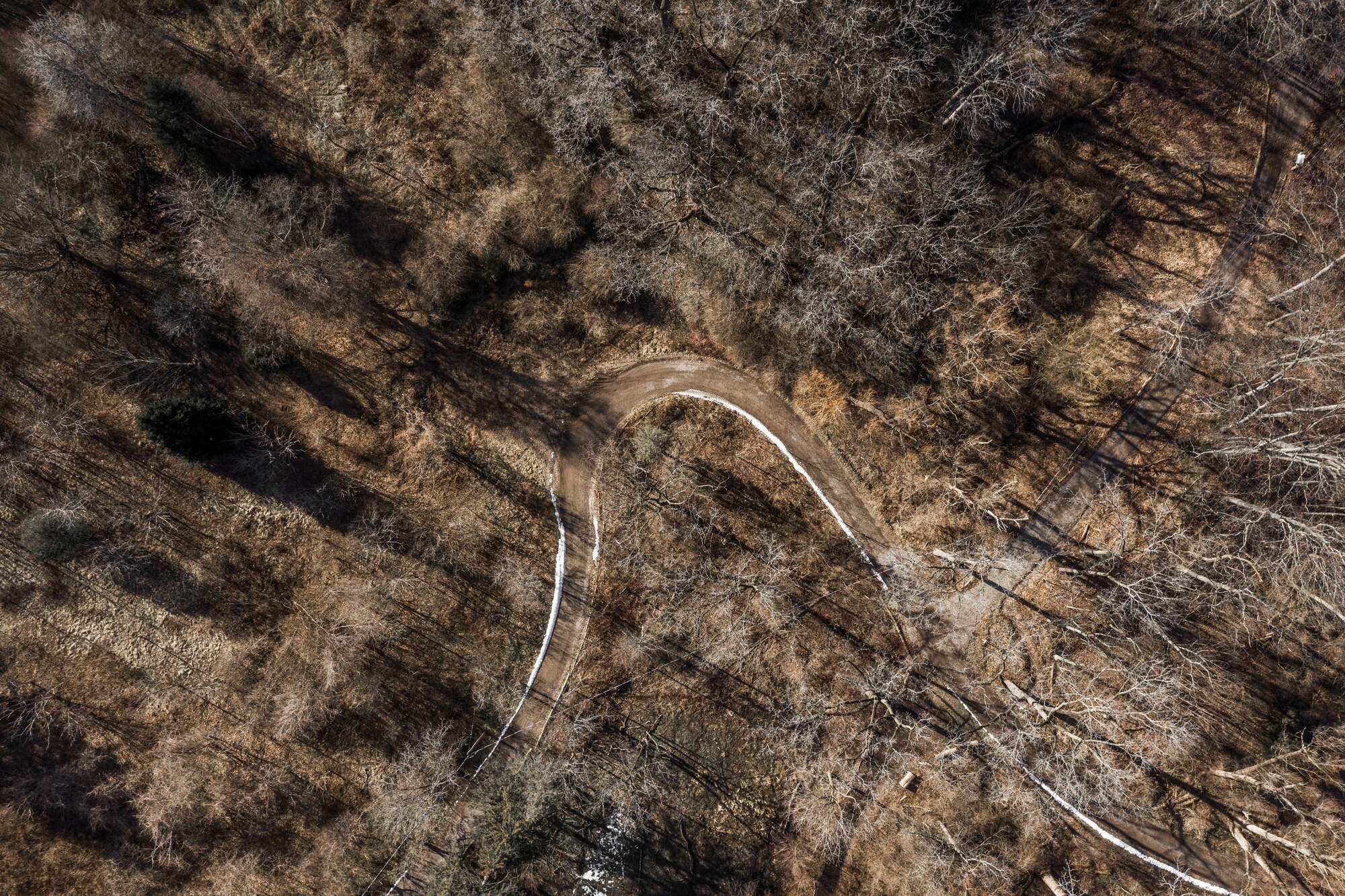Introduction
Hunting often means pursuing game at dawn, dusk, or other low light situations. Limited visibility conditions present a challenge for even experienced marksmen in confirming targets and placing accurate shots. If you’ve struggled to bag an elk melting into timber at last light or missed a whitetail on the move at dawn, your rifle scope’s light transmission likely plays a major role.
Maximizing the amount of available light passed through the optic to your eye is key to success in the half-light. We’ll examine the physical properties of scopes that determine brightness and detail, along with techniques to master shots when light falters. Applying these principles will have you drilling distant silhouettes other hunters would dismiss as too dim through their inferior glass.
(Reading Time: 6-8 Minutes)
Part 1 - Elements That Affect Light Transmission

Objective Lens Size
The front objective lens gathers all ambient light to be transmitted, making its surface area and diameter critical for low light performance. Larger objectives simply allow more total light to enter the scope. Most experts recommend a 50mm or bigger lens, with objective size increasing along with the rifle’s range.
A 32mm lens gathers 56% less light than a 50mm scope. Combine that loss with inherently dim conditions, and targets become indistinguishable blurs. However, you can’t just slap the largest objective available onto a rifle, as weight and balance also affect accuracy. Find an objective lens size matched to your typical shot distances that balances sufficient light with maneuverability.
Lens Coatings
Light diminishes each time it encounters an optical surface through absorption and glare. To maximize transmission, scopes feature specialized anti-reflective coatings on all interior air-to-glass surfaces. Fully multi-coated models apply layers to dissipate over 99% of stray light. More coatings mean brighter images in bleak light.
Partially coated budget scopes fail to maximize light efficiency. They may perform adequately at high noon, but become useless in the marginal intervals feeding whitetails prefer. Invest in fully multi-coated lenses to maintain visibility from peak sun to the last slivers of shooting light.
Reticle Illumination
Reticle illumination projects light onto the scope’s crosshairs from an internal LED. This adds vital contrast in fading light that leaves standard crosshairs obscured. Illuminated reticles provide a precise point of reference even when game itself grows indistinct.
Variable intensity settings allow adjusting brightness matched to ambient light conditions. Maximize run time of the onboard battery by using lower settings in moderate gloom, increasing to maximum only when shadows overwhelm. Illuminated reticles prove especially helpful in dense timber and full cover where game blends into vegetation.
Turret Adjustments
In low light, clearly seeing your impacts to adjust point of aim is doubtful. Therefore precise, repeatable turret clicks for elevation and windage inputs become vital for aligning your crosshairs. Audible clicks in fraction-of-MOA measurements also help register adjustments in the dark.
High end scopes also allow you to quickly return to a zeroed position after dialing in corrections. This prevents getting lost when adding inputs straying far off your original zero in hopes of glimpsing splash. Maintain zero confidence by employing finger adjustable turrets with positive clicks and return to zero features.
Eyepiece Focus
A rifle scope’s eyepiece adjusts the ocular lens to focus precisely on the reticle. This matches the image sharpness to your vision, critical for extracting detail from gloom. The eye’s sensitivity to light and color acuity diminish with age, making a sharp image imperative.
An out-of-focus view mushy reticle covers and obscures what little target indicators remain visible. Fine tuning eyepiece focus must become second nature whenShooting in marginal light. Regularly confirm the reticle appears razor sharp instantly when you place your head on the stock, no matter the time of day.
Part 2 - Tips for Low Light Shooting

Get a Stable Rest
Accuracy worsens exponentially in low light whether shots are taken offhand or resting. Maximizing stability is mandatory for delivering rounds to target when you can barely see. Carrying a lightweight shooting stick or bipod in dusk and dawn scenarios provides support for longer shots. Additional weight pays off by bracing your rifle for delivering rounds accurately once game finally materializes.
For big game hunting, practice shooting kneeling and sitting using your backpack or even large rocks as improvised rests. Prepare gear and shooting positions in remaining light to be ready in full darkness. Remember the tenet that no barrel should wander unsupported when triggers are pressed.
Use a Red or Green Dot Reticle
Colored reticle aim points illuminate without batteries, utilizing ambient light conditions. Red or green dots maximize visibility for aging eyes in dawn, dusk, stormy days, and forest shadows. Vibrant aim points stand out when compared to traditional duplex crosshairs getting lost in the mush.
Hunters argue the superior color endlessly, but both enhance shots in their own way. Red pigments match evening light, while green dots align with peak photopic sensitivity. Try various colored reticles to determine what your eyes register best based on time of day and environment. Just recognize that a vivid dot draws focus through gloom way better than a vanishing black hair.
Try a Laser Rangefinder
Rifle scope reticles may present holdover dots for different distances, but you must accurately range targets to employ them. Low light conditions prevent estimating yardages reliably, especially at longer ranges. Carry a quality laser rangefinder functioning perfectly in gloom down to zero ambient light using an infrared beam.
Input real-time distances into an integrated bullet-drop compensating scope for dead-on holdovers without guessing. Rangefinders also help determine if that blob is even within effective reach or needs to left for more favorable opportunities. Take advantage of technological aids to ensure your shots connect in prime darkness.
Use Quality Ammunition

Inferior rounds plague hunters with inconsistent accuracy and performance in full sunlight, much less 12 minutes after sunset. Never trust bargain ammo or old surplus stocks for critical big game shots in backcountry locations. Instead, invest in quality loads employing bonded projectiles that reliably expand properly every time.
Also, consider ammo featuring fluorescent colored tips or tracer elements in the base to help visualize bullet arcs clearly even at long distances. Observing your shot’s impact gets exponentially tougher in low light. So choose ammunition giving external indicators on the bullet’s path and energy on target.
Test Gear Regularly
Hunting seasons always seem to arrive suddenly after months of inactivity. Don’t head to the field for an opening morning without verifying your optics perform as advertised when darkness rules. Regularly confirm your rifle delivers acceptable accuracy from field positions as the sun sets to assure confidence as shadows fall.
Use large paper targets in dim conditions requiring illuminated reticles and rangefinders allowing truly assessing function. Replace worn out turret caps, battery dies in illuminated components or degraded lenses generating unacceptable groups. Reconfirm zero if shots stray inconsistently. Preparation takes practice so equipment becomes an asset, not liability, under faltering light when opportunities appear.
Conclusion
Succeeding as a marksman in the challenging intervals of dawn and dusk requires specialized equipment and shooting skills. Maximize target visibility and details by utilizing rifle scopes with large objective lenses capped with anti-reflective coatings. Precise adjustments and illuminated aiming points also prove vital when standard crosshairs fade to gray.
Supporting optics with solid rests in the field, rangefinding capability, and optimum ammunition expands your effective range when shooting in low light settings. Match your gear and practice to hunting scenarios you expect to encounter based on location and preferred game. If outfitted correctly for the conditions and dedicated to mastering form, that monster buck escaping unseen by your rivals can end up in your sights come last shooting light.

